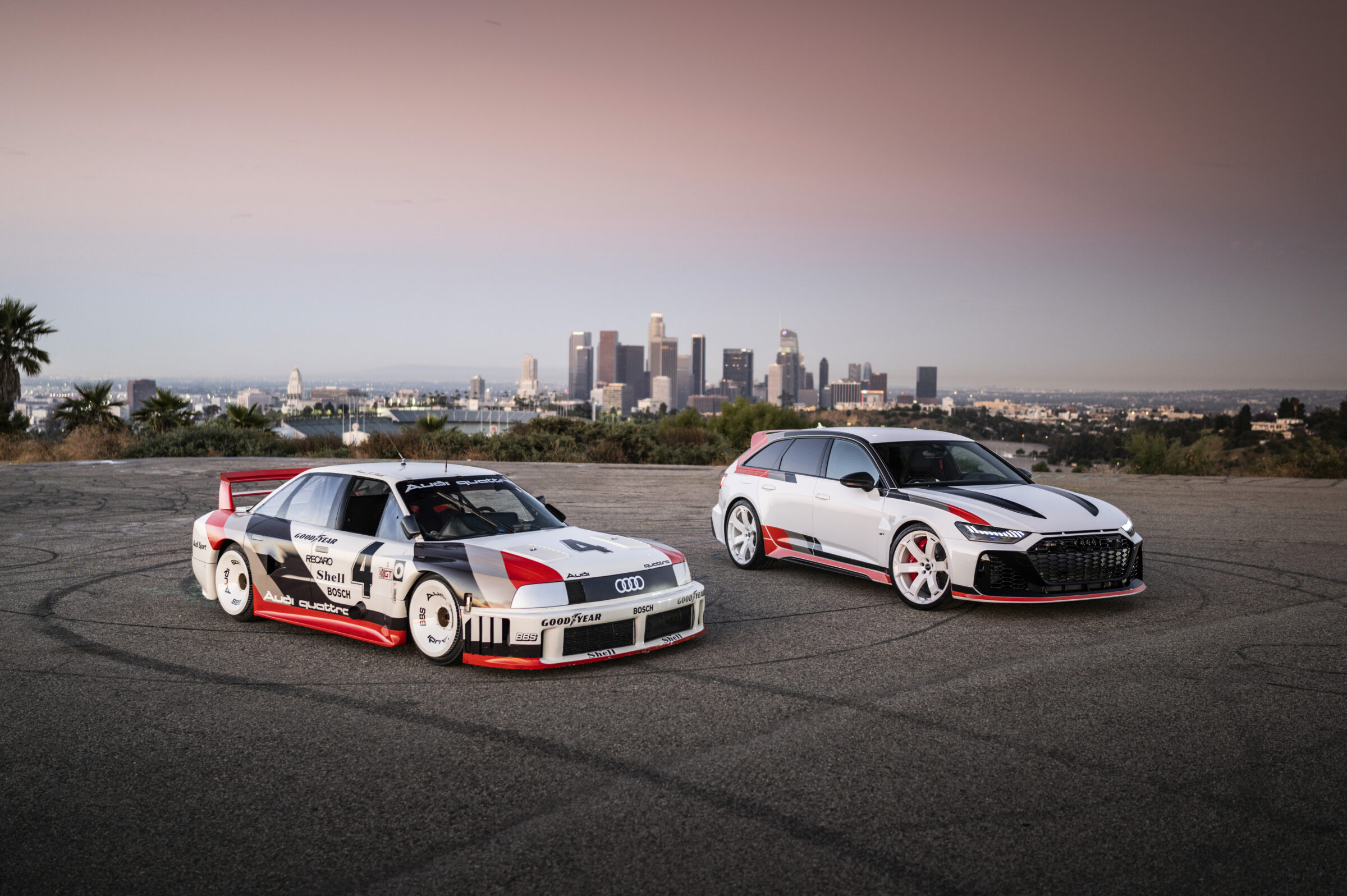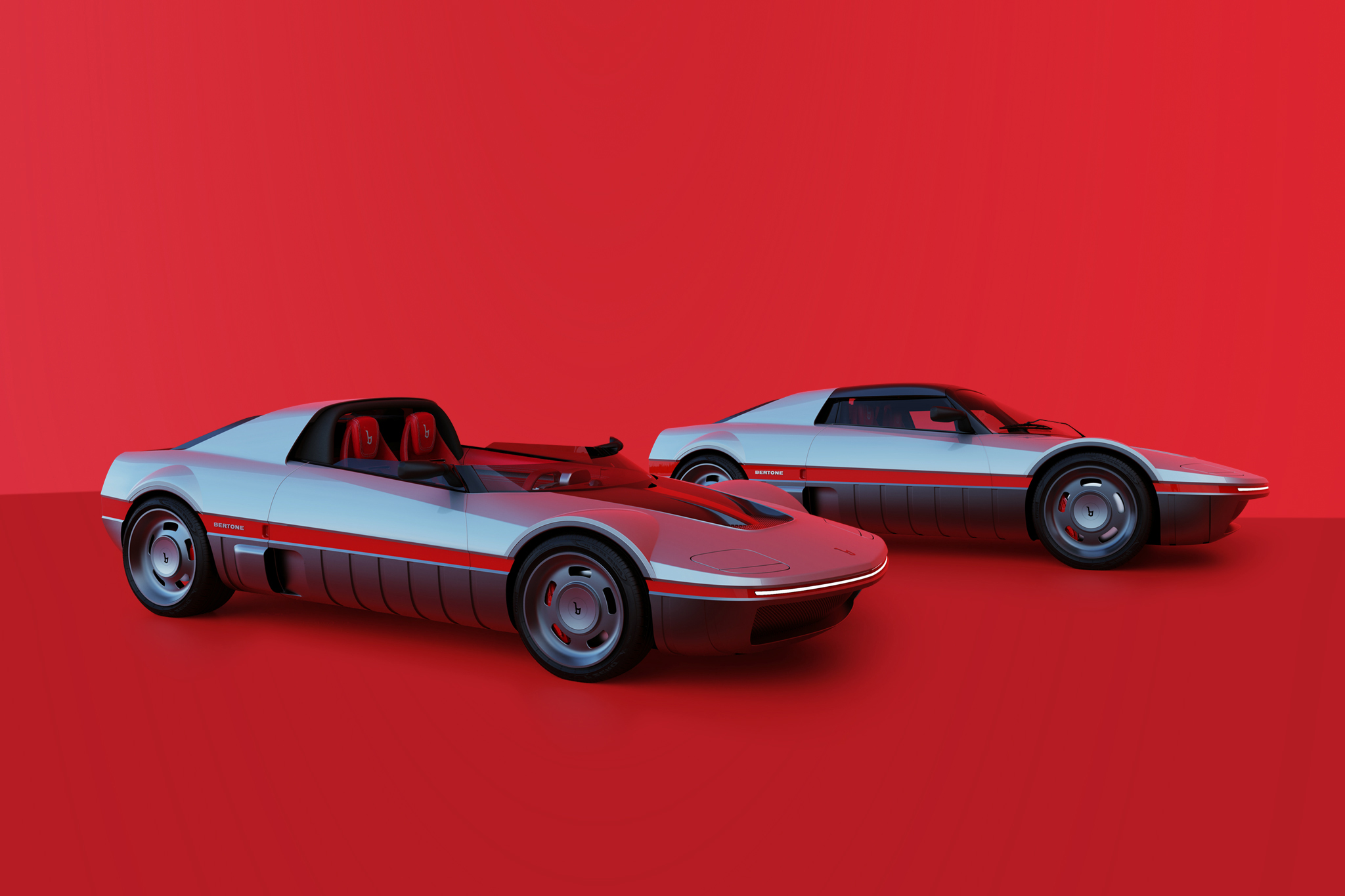65 Years of Seat 1400
In the Western world, the number 13 has been considered to be misfortunate for centuries. Skyscrapers rarely have a thirteenth floor, hotels have no room number 13 and a Friday, that unfortunately falls on the thirteenth day of a month can only bring bad things, right? Drivers who own a Seat could possibly disagree at this point. At least if they are a little familiar with the history of the Spanish car brand. Although Seat was already founded on 9 May 1950 by the Institución Nacional de Industria (initially held 51 percent), six Spanish banks (42 percent of the shares) and the Italian car brand Fiat (7 percent of the shares), it took a while until production started. On Friday the 13th in November 1953 the very first car of the ‘Sociedad Española de Automóviles de Turismo’ (short SEAT) rolled from a new plant in the commercial zone Zona Franca of Barcelona.
It was the model 1400, an upper-class sedan with clear American inspiration in the design of the pontoon bodywork with an one-piece, curved windshield, round headlamps and oval taillights. Basis was the Fiat 1400, which was produced since 1950 and was the first newly developed car from the Italian brand after World War 2. Initially, Fiat dismantled readily produced 1400s and sent them as CKD kits (Completely Knocked Down = totally dismantled) to Spain. This circumvented the extremely high import tariffs that applied to foreign new vehicles under the Franco government. It also initially reduced the number of production per day to only five units. As an elegant vehicle of the upper-class the Seat at that time cost 117,000 pesetas, which corresponds to about 705 euros in today’s currency. So the car was still relatively and unffordable for normal Spanish people. Taxi companies, government officials and some company bosses were the main buyers for this model.
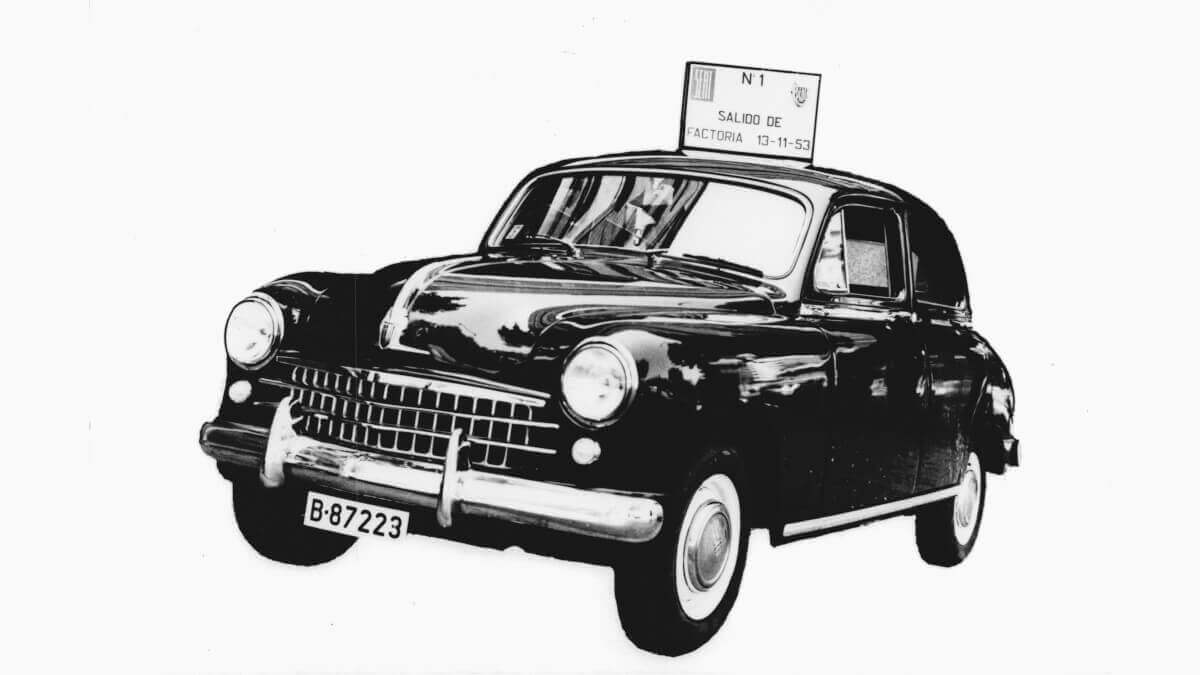



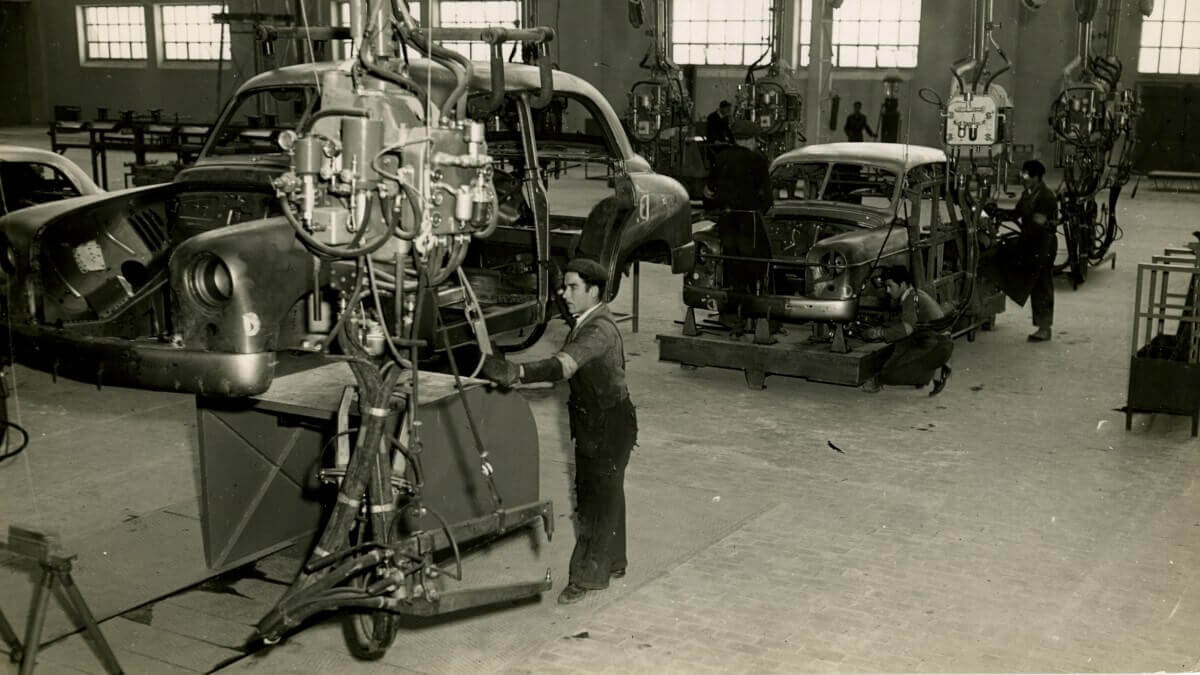







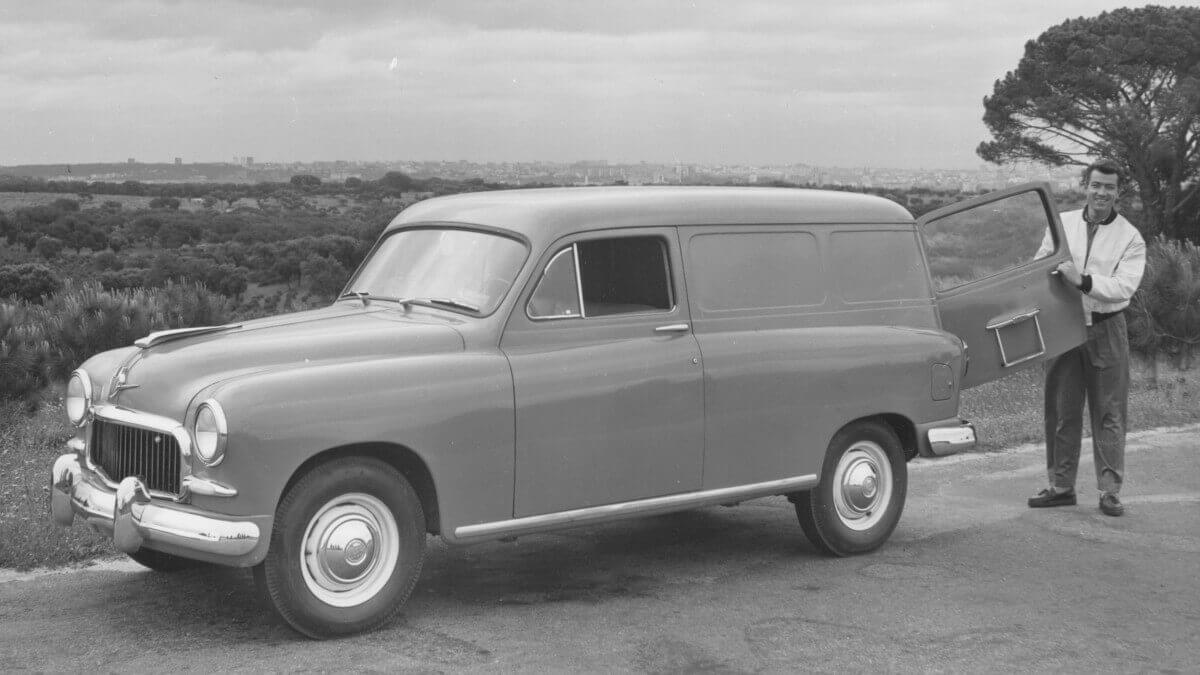



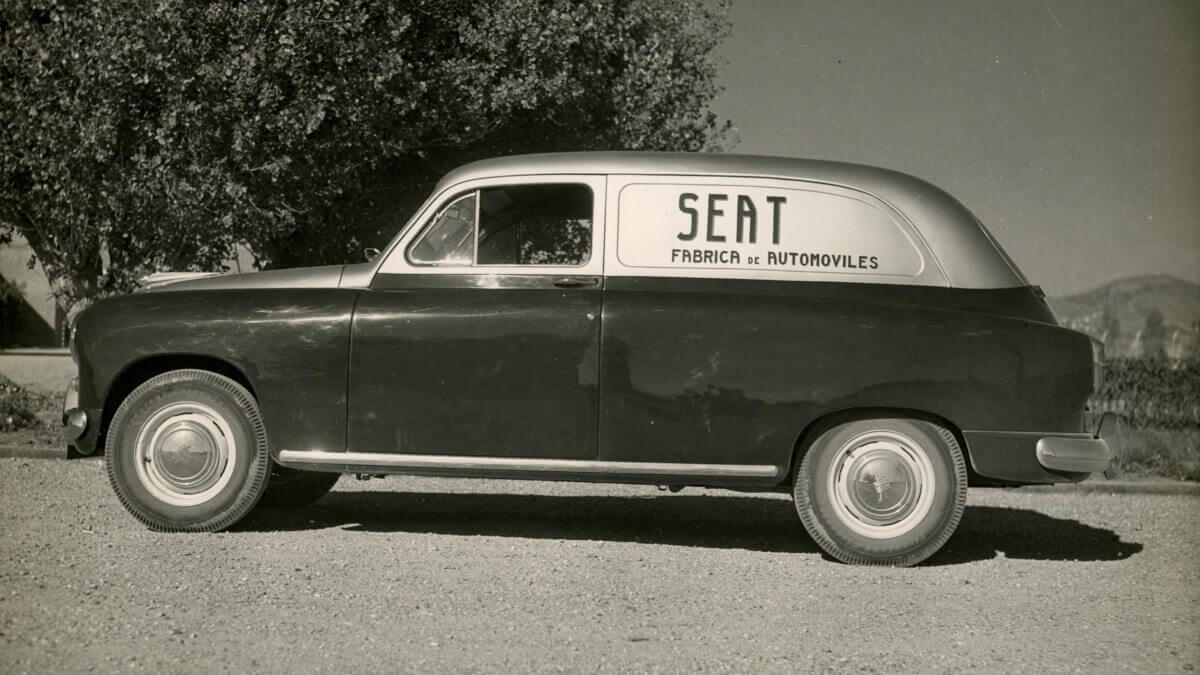

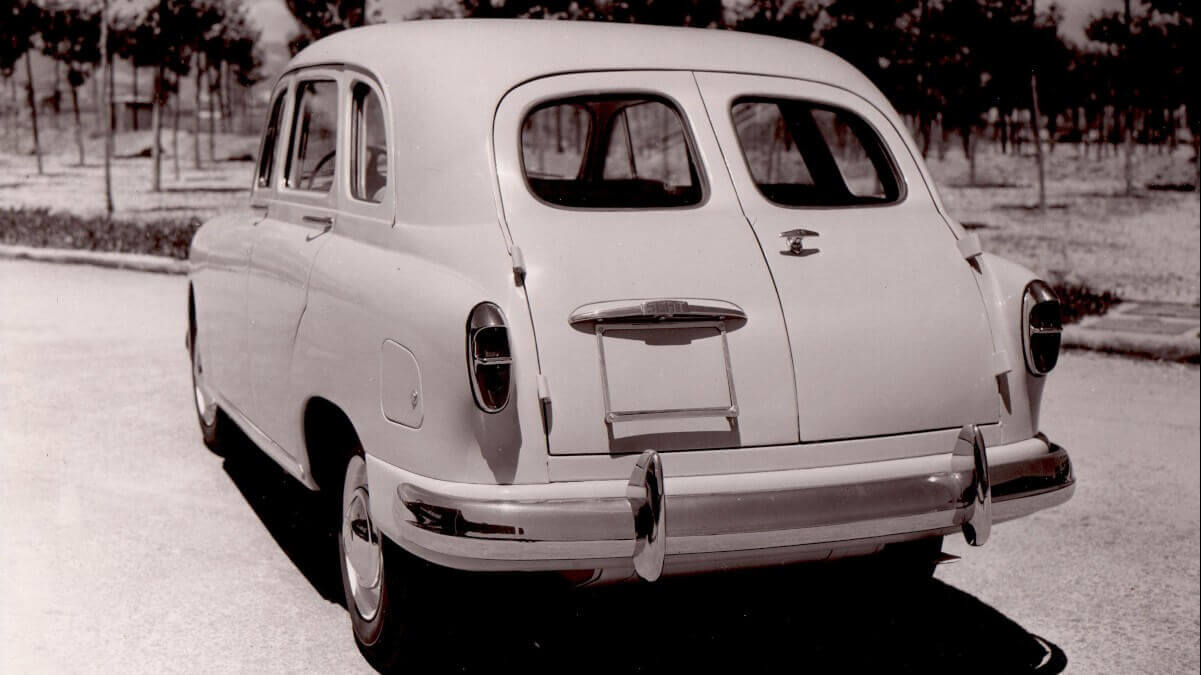











By the end of the production run of the original model in 1954, a total of 1,345 copies had been built. Similar to the facelift of the Fiat 1400 to 1400 A, Seat also changed to the 1400 A, which was now completely built with own steel presses in the factory in Barcelona. While the Fiat was also available with a diesel engine, Seat offered the 1400 and 1400 A as well as the following series 1400 B (from 1956) and 1400 C (from 1960) exclusively with a 1.4 liter gasoline engine. Initially it delivered 44 hp, climbed to 50 hp in the 1400 A and then to 58 hp in the B, which remained the same in the C. A manual four-speed transmission transferred the power to the rear axle and made the car reach a topspeed of 116 kph in its original form and 125 kph as 1400 A. The chassis with double wishbone suspension for the front wheels and rear rigid axle and telescopic shock absorbers all around changed little during the production period.
This high-quality chassis not only offered great comfort for its time, but also served as the basis for the five-door station wagon ‘Familiar’ and various special versions such as ambulances, pickups and delivery vans. Such a van, called ‘Comercial’, based on a 1400 B was restored by Seat for the factory car collection and uses it since 2015 at classic car rallies and events. In addition, the Spanish coachbuilder SERRA built a few copies of a two-door convertible in 1959, whose styling was inspired by Frua designs for a similar model of the Fiat 1400. Outside of Spain, the Seat 1400 is almost unknown, because the brand did not enter the export business until the 1970s. At this time, they already for some time offered the successor model 1500. All together Seat built a total of 98,978 copies of all 1400 derivatives.
Images: Seat


